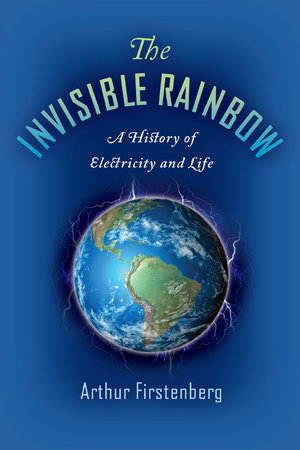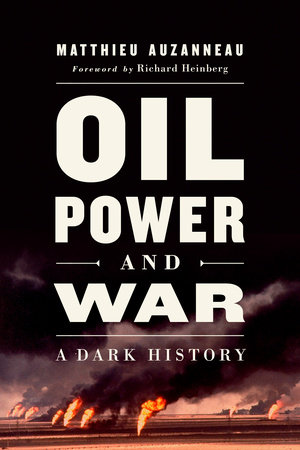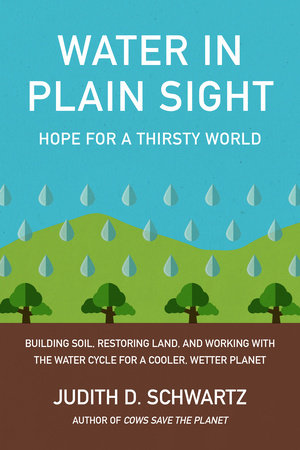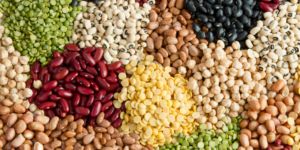A Conversation with Paul Hawken

Paul Hawken is an environmentalist, entrepreneur, author, and activist who has dedicated his life to environmental sustainability and changing the relationship between business and the environment. He is a member of Ray Anderson’s original EcoDreamTeam.
The following is an excerpt from Mid-Course Correction Revisited by Ray C. Anderson and John A. Lanier. It has been adapted for the web.
JOHN A. LANIER: You are the reason Ray’s life changed, and it was your words that changed his life. I know he reached out to you not long after reading The Ecology of Commerce. I would love to hear your memories of meeting Ray and coming to know him.
PAUL: The first time he reached out to me was in the form of a letter when I was living on a houseboat. I had never heard of the company, or of him. In the letter he said he was challenged by his team for an environmental vision and he realized he didn’t have one. He was given The Ecology of Commerce by Joyce LaValle, a vice president at Interface, and he humbly noted that he had copied parts of it for a speech to his employees about an environmental vision. That was the beginning.
How and why do you think the vision took hold at Interface?
I think the impetus within Interface to address the environment really first took hold in Ray—spiritually, emotionally, intellectually, and ethically. It took hold on all those levels, but then there was the implementation of it in a twentieth-century industrial company that was small by some standards but big by other measures.
There was initial skepticism within the company and fears about sustainability costing too much money, and there were worries about Interface being marginalized by Wall Street. Some people thought Ray might be seen as someone who lost his corporate way and got entrapped and captured by the environmental movement.
Nevertheless, Ray’s vision took hold inside, and as more people became literate in sustainability it began to flourish. It started to energize the company and define it, as it moved from an idea to innovation and practice. And it wasn’t long before the company started to get credit for its pioneering leadership. And that was due to Ray’s steadfastness.
Ray showed that the path to sustainability was not a path of compliance but a path to innovation and a competitive advantage. Avoiding environmental breakdowns was actually a path to breakthroughs. And I believe most everyone got it. If there were doubters, they stayed well hidden.
What sparked Project Drawdown?
For a long time I was one of those people who thought climate change was huge but one of many issues—human health, toxicity, biodiversity, deforestation, and more. In 2001, when I read the summary of the Third IPCC Assessment, I didn’t understand why we were talking almost entirely about the problem of global warming and not about the solutions. For years, I was watching how global warming was being communicated and seeing how the main communication tool was fear. Given the science, the fear is more than justified. However, fear is not a motivator; what happened is that it created “freeze and flight.” Most people went numb, turned away, did not want to do anything, or felt disempowered.
I wanted to know where we stood. What were the solutions to global warming, all of them? So I launched an organization to map, measure, and model the 100 most substantive existing solutions to global warming and called it Project Drawdown. This identification and modeling had never been done before. Moreover, the goal had never been named: drawdown, that point in time when greenhouse gases peak and go down on a year-to-year basis. So we did both, named the goal and then collaborated with scholars and scientists around the world to see whether we could achieve drawdown by 2050 if existing solutions that were in place continued to scale in a rigorous way.
What has the response to Project Drawdown been?
If we had fantasized about the best case response, we would have underestimated what actually has happened.
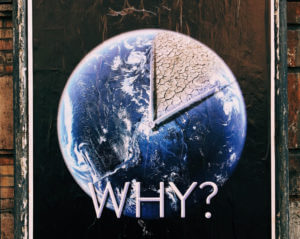 Drawdown was an instant New York Times best seller and is published in twelve languages around the world. The drawdown concept is slowly but surely permeating the world, becoming a reference point for all types of organizations, including schools, universities, cities, investors, NGOs, countries, and more. Every problem is a solution in disguise, and global warming may be the most gnarly problem ever identified and defined. What we pointed out is that as a problem it is redolent in transformative solutions. It is creating optimism and hope. People who have read it acknowledged that they hadn’t realize how much grief and despair they were carrying.
Drawdown was an instant New York Times best seller and is published in twelve languages around the world. The drawdown concept is slowly but surely permeating the world, becoming a reference point for all types of organizations, including schools, universities, cities, investors, NGOs, countries, and more. Every problem is a solution in disguise, and global warming may be the most gnarly problem ever identified and defined. What we pointed out is that as a problem it is redolent in transformative solutions. It is creating optimism and hope. People who have read it acknowledged that they hadn’t realize how much grief and despair they were carrying.
Collaboration is at the core of what we do; two-hundredplus-some people from around the world created the model, and many of the scientists are millennials, which is kind of cool. It wasn’t old people talking to young people—it’s young people putting together the model and saying, This is what we know. There’s no telling the impact it will have as it continues to scale. It’s a very practical and grounded book that is being picked up by many organizations. Universities are talking about regionalizing the model.
We wrote a book that didn’t blame or shame and didn’t create fear or threat or doom but honored the science and identified the possibilities. It didn’t demonize or say someone is wrong or bad or not good, and we actually didn’t even say that we were right. We think it is approximately right. All models of the future are wrong, but some are useful.
Just like any good model. No model is exactly right; that is not the point.
What we have tried to do is create the conditions for self-organized groups around the world who want to address global warming. Top-down organizations are too slow and get in their own way. And it seems to be working. There is Drawdown Europe in Berlin, Drawdown Switzerland, Drawdown Netherlands, Drawdown Nova Scotia, Drawdown New Zealand, and many more.
How human beings change is mysterious. However, we do know that we move toward possibility and are not motivated by the probability of doom. What we did is essentially hold a mirror up to the world and revealed what we know and what we are doing. Drawdown shows, I think, that humanity is on the case and deeply cares.
Recommended Reads
The Future of Sustainable Fashion: A “Farm-to-Closet” Vision
Recent Articles
The fig tree is more than just a fruit-bearing wonder. The complex nature of these trees is beyond fascinating. They are the ultimate ecosystem superheroes!
Read MorePumpkins: Halloween symbol or sweet treat? But have you ever wondered how they became a holiday staple? Discover the rich history behind this fall favorite!
Read MoreHave you ever wondered why fig trees are considered a symbol of abundance and fertility across cultures? What exactly makes these trees so special?
Read MoreSeeds strengthen our connections to what we grow and eat; they are intrinsic to our identity and our future. I cherish seed as a common resource that all the world should be able to access freely.
Read MoreCultivating mushrooms on various substrates has many benefits — from composting, mycoremediation, and creating value-added consumer goods. It helps reduces waste and helps the environment!
Read More


